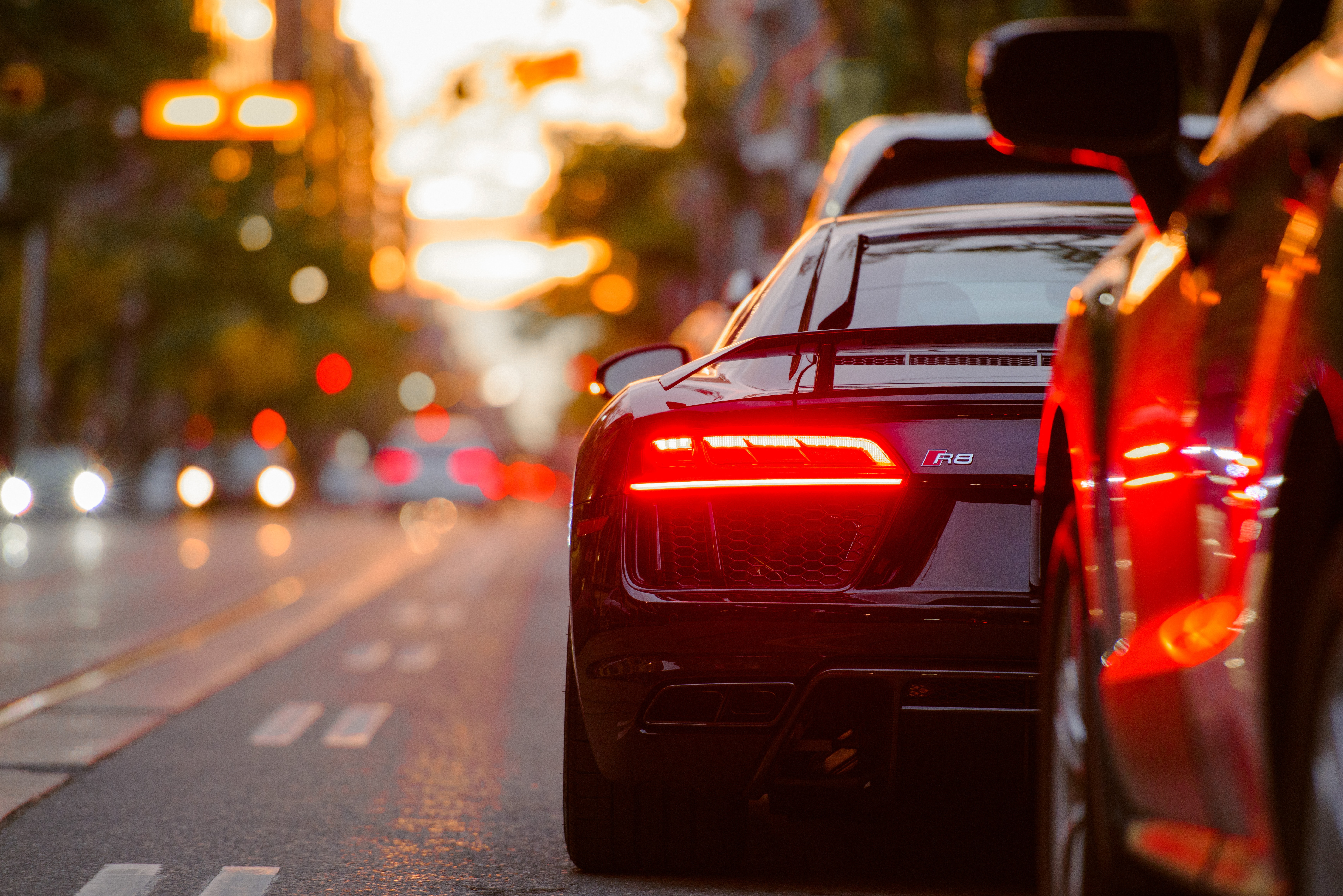Naturally Aspirated Vs Turbo: Which car is value for money for you?
Whether it’s your first or tenth purchase, a new car is always special. You can’t really get enough of that ‘new car smell’.
Author:Stefano MclaughlinReviewer:Luqman JacksonJul 08, 2021161.8K Shares2.1M Views

Whether it’s your first or tenth purchase, a new car is always special. You can’t really get enough of that ‘new car smell’.
Back in the old days, buying a car was easier since there were fewer engine options to choose from. Less confusion, more fun.
However, today’s scenario is different. With stricter engine emission norms and demand for more power in the lower segment cars, carmakers are focusing on making smaller engines more powerful and fuel-efficient. (We are talking about 3 and 4 cylinder engines here). As a result, several car manufacturers are now offering the same model with two engine variants: Turbo and Naturally Aspirated(NA).
This sometimes leaves the buyer confused as to which engine variant would be suitable for them.
Now you don’t want to get into the technical aspects of how a turbo works. All you want to know is how it’s better or worse than naturally aspirated engines, and which one you should bet your money on.
Suppose you are planning to buy a premium hatchback. Now, its NA trim has a 1.2L 4-cylinder engine whereas the turbo trim has a 1.0L 3-cylinder turbocharged engine.
First off, let’s have a look at why you should buy a turbo spec.
Pins You To The Seat
The number 1 reason buyers buy a turbo spec vehicle is its higher acceleration. A turbo can give you a 50% boost as compared to its naturally aspirated counterpart. To give you a perspective, a 1.2L 4-cylinder NA engine can produce anywhere between 80-90 PS. On the other hand, a 1.0L 3-cylinder turbo engine and churn out up to 120 PS within its safe limits.
As a result, you get more acceleration, higher top speed and better torque figures as well.
Fuel-efficient
Turbo engines could be more fuel-efficient as compared to NA engines if you drove them nicely. This is one of the top reasons why luxury carmakers like Jaguar are shunning V6s and betting on small-capacity turbocharged engines to power their entry-level sedans. If you still drive a Jaguar with a naturally aspirated engine, you might be facing maintenance and repair hurdles due to hard to find Jaguar parts. Nevertheless, modern turbocharged variants are more fuel-efficient and comply with stringent emission norms.
Low Emissions
Turbocharged engines are usually smaller-capacity engines, which means every combustion cycle burns less fuel. As a result, the emissions are lower as compared to those huge naturally aspirated fuel guzzlers.
Despite these advantages, people are still preferring naturally aspirated engines over turbo engines. They are not crazy or ignorant, but rather conservative and risk-averse.
Now let’s have a look at the flip side. Why should you drop the idea of buying a small capacity turbo and go for the naturally aspirated spec variant?
Expensive
Turbocharged variants are more expensive than naturally aspirated engines. The turbo itself is an expensive component that accounts for the overall high cost, plus the turbo feedback mechanism requires extra provisions and R&D, which costs a lot of money.
Less Reliable
A turbo can snap in a heartbeat if you aren’t careful enough. Although it’s a rare occurrence, you cannot undermine the likelihood of it. Turbos can also wear out prematurely if you don’t practice cold start idling or drive your car in the high RPM range. As thrilling as it can be, it always keeps you on your toes in terms of maintenance.
Heating Issues
A turbo has two fans and one of them is directly powered by exhaust gases. These gases spin the first fan(turbine) which in turn spins the second fan(compressor), which is connected to it via a shaft. As the second fan spins, it pulls in more air from the atmosphere and pushes it into the engine for combustion.
Now, as you drive long distances, the exhaust gases can get really hot and cause the turbo to overheat, especially on a hot day. The problem becomes predominant as the turbo gets older.
Engine Damage
Smaller turbocharged engines are not as withstanding as they are cracked up to be. An engine generates a lot of heat, and add to it the heat generated by the turbo. Plus, when you drive in the higher RPM range, the cumulative effect leads to a lot of heat under the hood. Constantly driving in hot conditions means the engine will be more likely to overheat or wear out prematurely.
Takeaway
Based on this comparison, you can decide for yourself which engine spec is more suitable for you. Whether you want more power at the cost of reliability or more reliability at the cost of power, it boils down to the kind of trade-off you are willing to make.

Stefano Mclaughlin
Author

Luqman Jackson
Reviewer
Latest Articles
Popular Articles